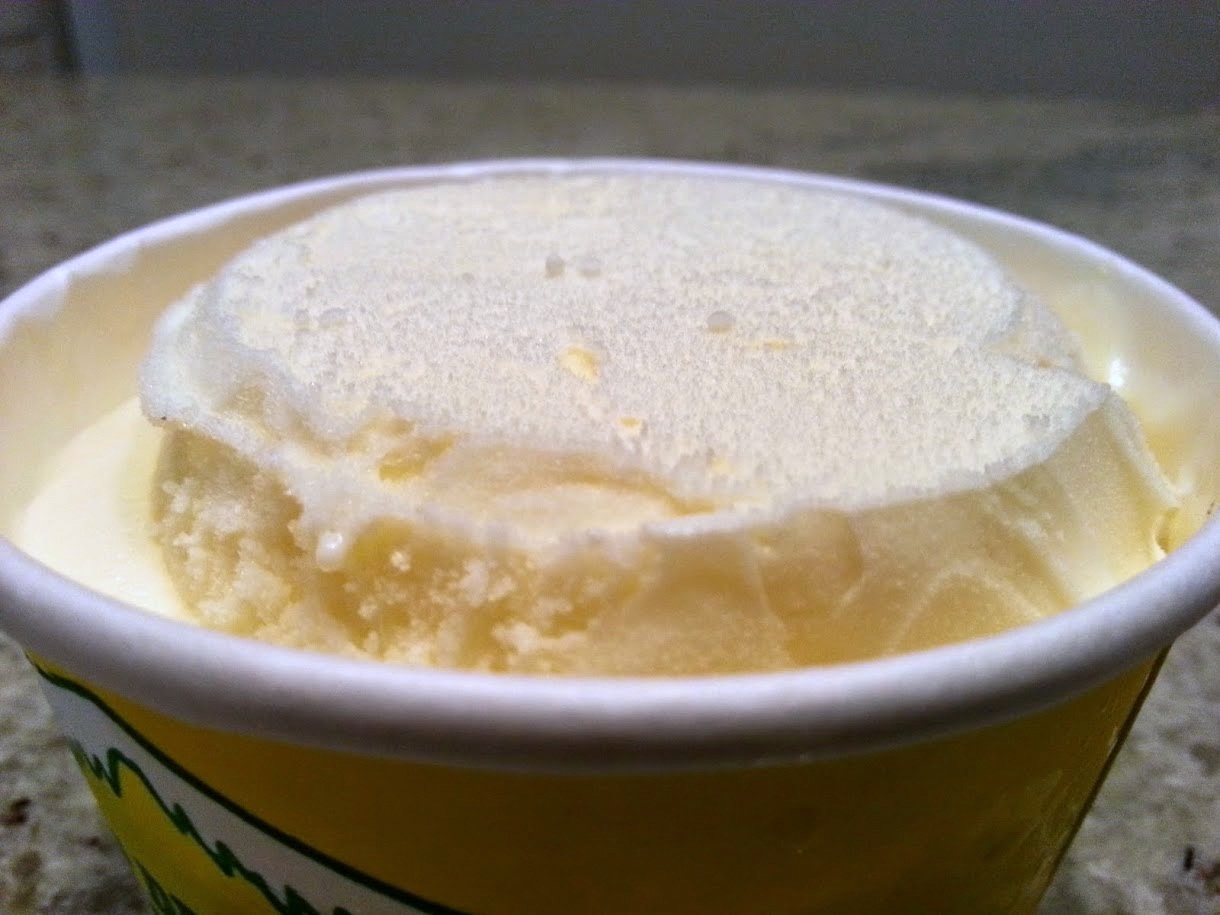If you ever visit St. Louis, MO, if you're lucky, your hosts will take you to Ted Drewes for a frozen custard treat. It’s a local landmark that dates back to 1929, and one of those places that locals swell up with pride about.
Frozen custard is made by adding additional egg yolks to ice cream to create a smoother texture and help the ice cream stay cold longer. This is part of custard’s roots as a carnival food. When Ted Drewes is served at the custard stand it is served at a temperature where it’s thick enough to turn upside down, but warm enough to begin melting around the edges, particularly on a humid summer night in St. Louis. It’s tendency to stay cold longer is most noticeable in the store bought cups available from local grocers. They seem to take forever to soften when you take them out of the freezer.
Ted Drewes is famous for frozen custard creations known as concretes. Concretes were created in 1959 out of the owner’s frustration with a young customer who’d order a malt and always ask upon receiving it, “Can’t you make it any thicker?” One day Ted Drewes, Jr. made it without any liquid, turned it upside down and said, “Is this thick enough for you, Steve?!” Concretes are the rich uncle of DQ blizzards, more delectable since they feature a richer, lower overrun custard base rather than soft serve. The name “concrete” was a play on the popular “cement shake” offered by ice cream parlors.
Ted Drewes custard is made with honey in addition to sugar, giving it a unique taste. The addition of honey was a formulation change that harkens back to rationing during WWII. I enjoy concretes featuring dry, crumbly mix ins like Oreo or Chips Ahoy cookies, which you see pictured here in homemade form. There are a wide variety of flavors and sundaes, many of which have a cult following. There is nothing quite like eating Ted Drewes on a summer night in StL outside the jam packed custard stand among throngs of Cardinals fans after a game.
Where Elliot Found It: Ted Drewes
Elliot's Grade: A





